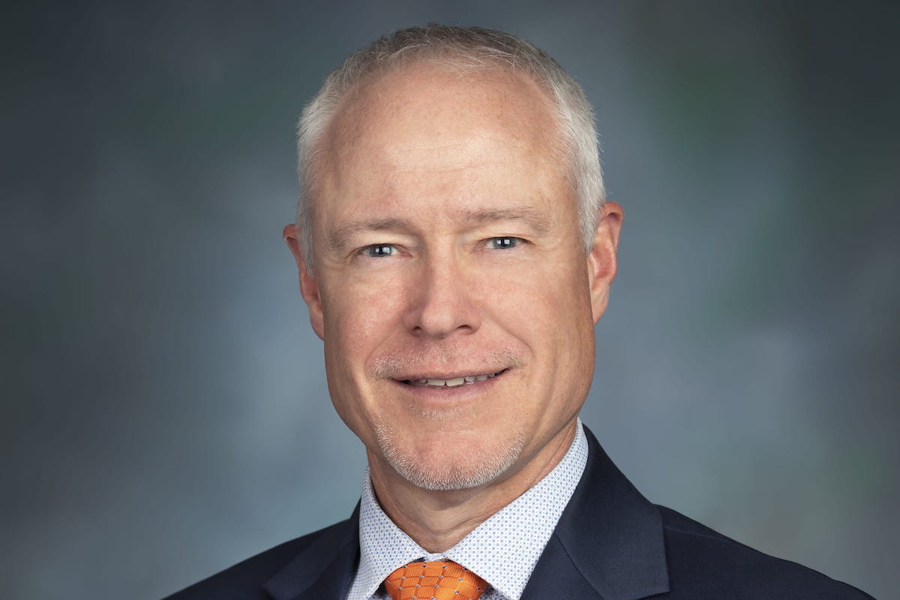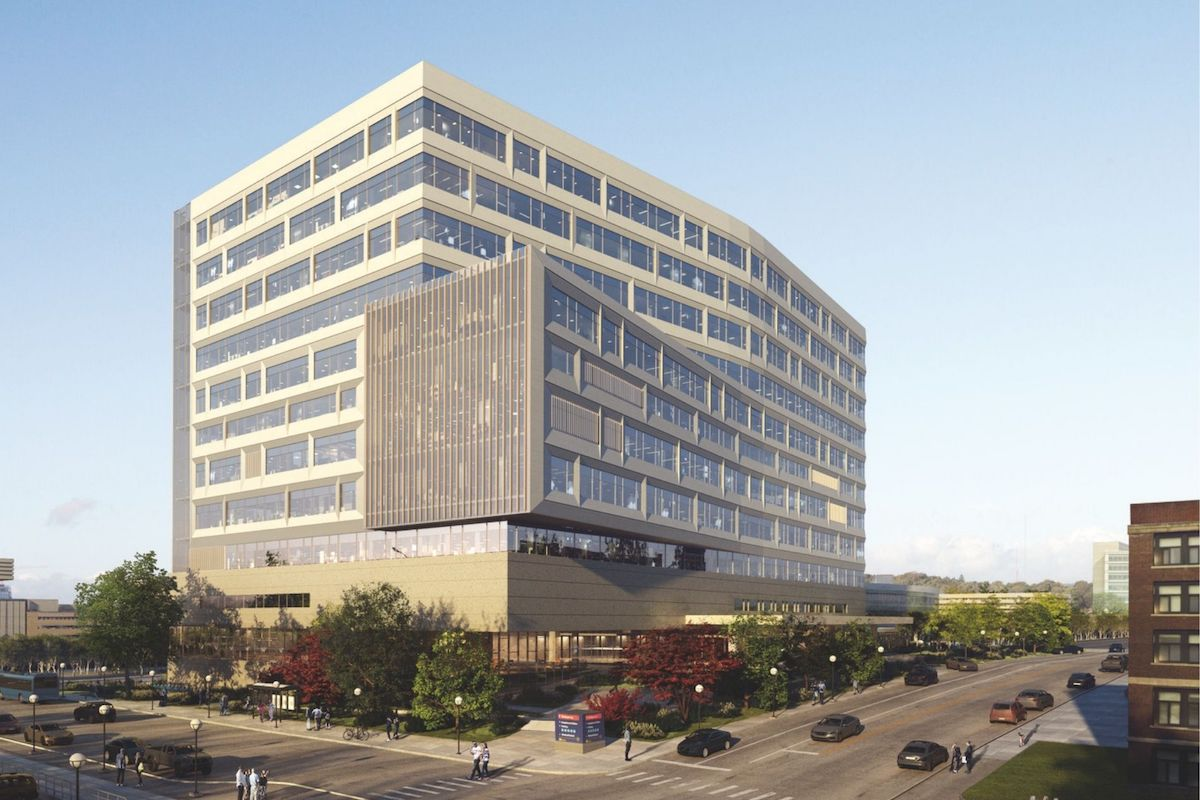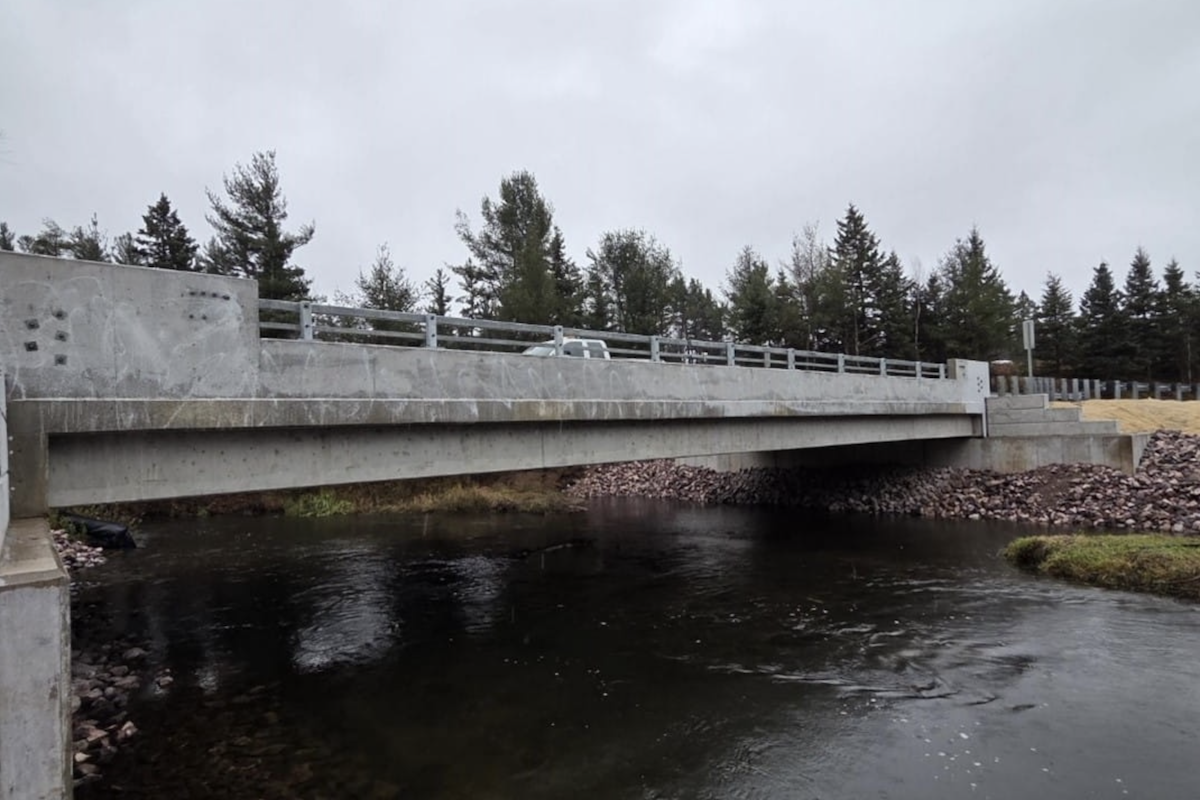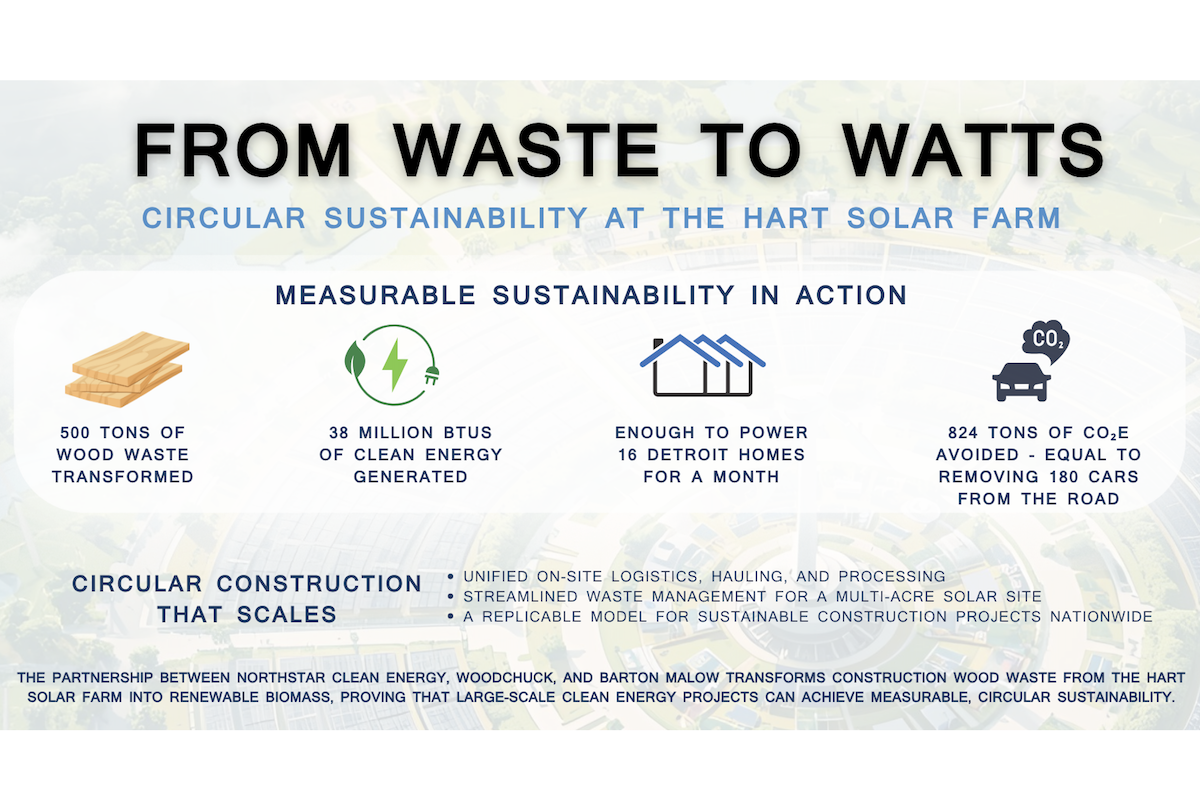In addition, Jacksonville is the first major city in Florida off of I-95. Tourists flock to the state for its warm weather, beaches, and theme parks and Jacksonville serves as the welcome center.
For this reason the Florida Department of Transportation (FDOT) is working on interchange improvements for I-95 and I-10. There are three projects happening concurrently on the interstates in the vicinity.
Each of the projects has the same objective: save people time. “We’re always looking for ways to improve the transportation experience,” said Hampton Ray, Community Outreach Manager for the FDOT. That experience needs attention in the area because, as Ray noted, traffic volume trends are increasing. From 2015 to 2019, traffic volumes on I-95 in downtown Jacksonville increased by nearly 10 percent. On the Fuller Warren Bridge, it went from 155,000 to 170,000 vehicles per day.
This project also includes new safety elements. “We expect that this project will reduce weaving traffic merging from I-95 southbound to I-10 westbound since we are constructing a dedicated ramp,” said Ray.

| Your local Deere & Co dealer |
|---|
| AIS Construction Equipment |
The ramp will be widened by one lane to accommodate three lanes of traffic, but will not be opened until the I-10 widening project is complete at a later date. The widening project extends from I-95 to I-295 along I-10. For the I-95/I-10 Interchange Improvements project, the ramp will remain as two lanes.
Aesthetic and communal enhancements include the construction of a nearly 1-mile shared use path (SUP), which will connect two distinct Jacksonville communities – San Marco and Riverside. The path will run along the Fuller Warren Bridge, which spans the St. John’s River, and is open to both pedestrians and bicyclists. The SUP will have decorative lighting features.
“We want to be good community partners, and we view the SUP as an exciting feature for Jacksonville,” said Ray.
Because the work is taking place in a densely crowded area, the scope includes building sound barriers to protect local residents.
The widening of the Fuller Warren Bridge – originally constructed in 1954 and redone in 2002 – is the major element of the project. Currently, the bridge is three lanes in each direction. Upon completion of the expansion, the bridge will be four lanes in each direction.

| Your local Trimble Construction Division dealer |
|---|
| SITECH Michigan |
To accomplish this, FDOT is building a new two-lane bridge next to the current bridge.
Work includes widening of the existing bridge deck to include additional lanes. The shoulder and shared use path require a separate and adjacent piling/pier system. Once the new bridge is completed, it will be connected to Fuller Warren Bridge, so that it will be one bridge with four lanes in each direction along with a shared use path.
Widening to one side of the bridge allows for less impact overall to the project’s construction and the traveling public. “Drivers are getting as little inconvenience as possible,” said Ray. The lanes are being kept open on the original, yet there are some minor traffic shifts.
The main challenge in widening projects is maintaining traffic on the existing travel lanes while constructing a new bridge and roadways lanes next to live traffic. Another challenge is all the waterborne work on barges with cranes constructing the foundation elements of the bridge and heavy lifts with beam placements.
The project budget is $126 million and the federal government is financing it. The project is currently on budget. “FDOT insists on good accountability with its contractors to ensure good decisions are made,” said Ray. “We strive to provide the taxpayers the best bang for the buck.”

| Your local Deere & Co dealer |
|---|
| AIS Construction Equipment |
The project began in the spring of 2017 and is scheduled to be complete in spring of 2021. It’s running on schedule. FDOT officials have weekly meetings with the contractors and inspectors to review benchmarks for accountability purposes. “The meetings are recorded and reviewed which encourages responsibility,” said Ray. “Because the regular conversations are happening, the team is more easily able to resolve issues when they occur.
There are also many people who work and live in the area. “The area hosts many special events,” said Ray and “we’ve been coordinating with them so we are aware of the calendars and adapt as we can. The goal is to find a middle ground.”
Overall, Ray notes the project has gone smoothly and the community has been very understanding.
When the Fuller Warren Bridge is widened and the project is completed, the public will have an improved overall transportation experience. With the additional capacity, they’ll spend less time in traffic, travel more safely, and experience improved mobility. As Jacksonville continues to grow and Florida welcomes tourists, they can be confident about this leg of the journey.

































































